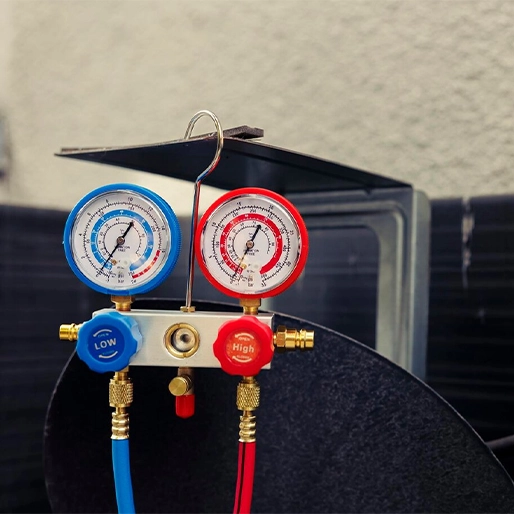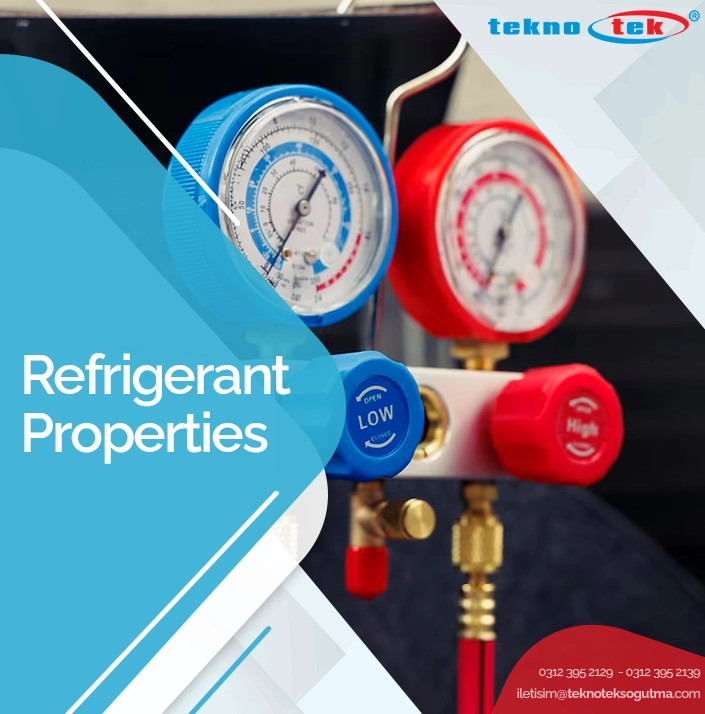Refrigerant properties must be considered when selecting appropriate systems. The characteristics of refrigeration systems are among the fundamental factors in determining the efficiency and environmental impact of a cooling system. These properties include evaporation temperature, condensation pressure, thermodynamic stability, and chemical interaction potential. In environmentally friendly systems in particular, values such as ozone depletion potential and global warming potential should be considered when making a choice.
Refrigerant properties should be evaluated based on the application area of the system and its ability to meet different requirements. The fluid used in industrial facilities differs from the substance preferred in household refrigerators. The toxicity and flammability levels of these refrigerant systems are also important in terms of safety. Therefore, in addition to cooling capacity, system safety and environmental sustainability must also be considered when selecting a fluid.
The areas in which refrigerants are used include:
The refrigerants used in these areas exhibit different technical characteristics depending on the application.
Properties of Refrigerants
Refrigerants and their properties play a significant role in ensuring that refrigeration cycles operate safely and efficiently. These fluids transfer heat from one point to another through evaporation and condensation processes within the system, thus ensuring desired temperature control. Therefore, the substance to be used as a refrigerant must meet specific technical and environmental criteria.
The properties of the fluids depend on certain parameters. These include cooling capacity, evaporation temperature, condensation pressure, toxicity, and environmental impact. Among these parameters, fluids with a low critical temperature and a wide operating range are preferred.
In addition, the use of environmentally friendly components instead of substances that can damage the ozone layer has become increasingly common today. For example, modern systems use R-32 or r410a thermal properties, which are both efficient and environmentally friendly.
In industrial refrigeration systems, high-capacity refrigerants are required. The substances used in these systems must effectively perform heat transfers and remain stable over a wide temperature and pressure range.
Some of the features that refrigerants should possess include:
In some systems, a heat pump function is also performed. Therefore, the selected fluid should be flexible enough to transfer heat not only for cooling but also in reverse cycle for heating. In environments where water vapor is intense, condensation characteristics should also be carefully evaluated.
When evaluated in this context, each fluid should be meticulously examined in terms of system performance, energy consumption, and environmental impacts. Choosing these fluids correctly based on their efficiency values provides both economic and ecological benefits.
For more detailed information about refrigerants and their properties, you can contact Teknotek.


